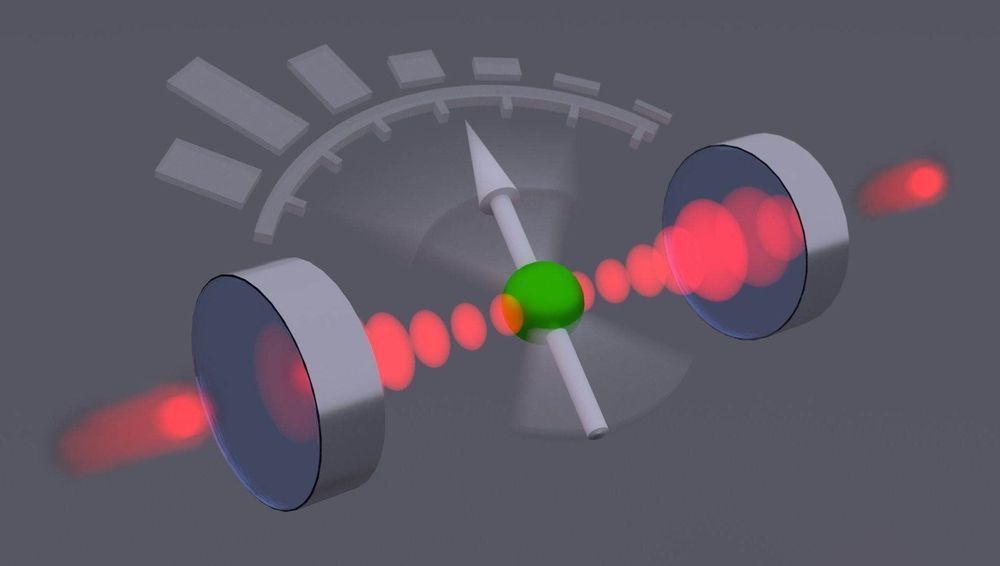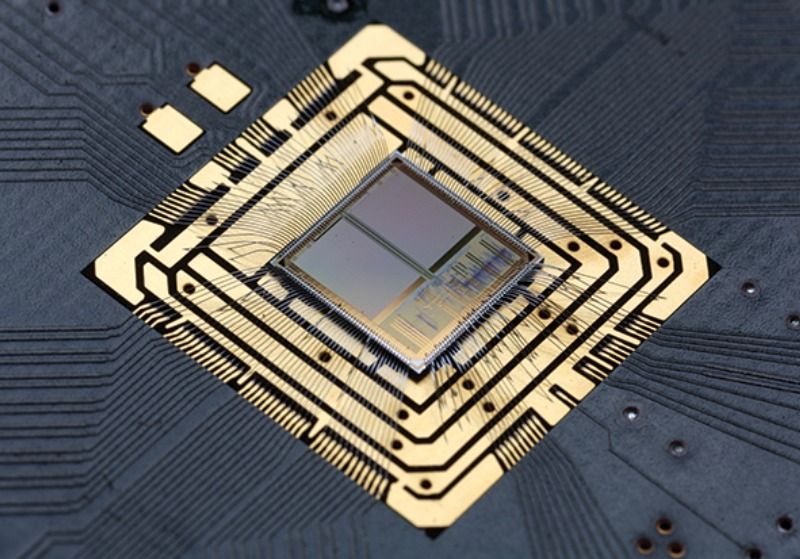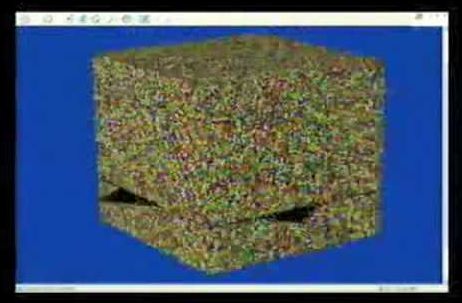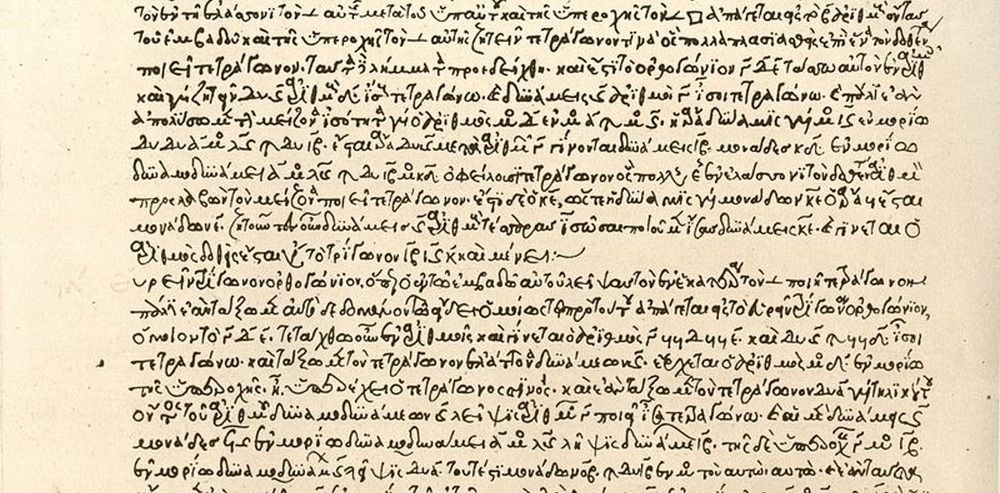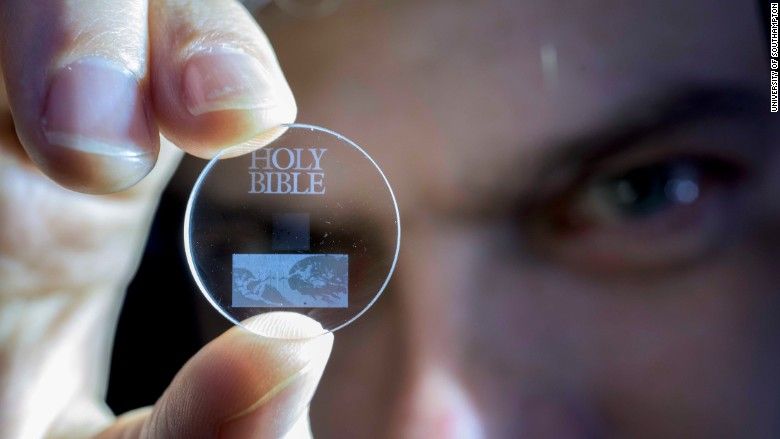Mobile World Congress this past February included the unveiling of several notable smartphones like the Nokia 9 PureView and LG G8. However, one device got an inordinate amount of attention — the Energizer Power Max P18K Pop. Hiding behind that clunky name was a phone with a gigantic 18,000 mAh battery. This brick of a phone ended up on Indiegogo, and despite all the hype, it flopped. Hard. Of the anticipated $1.2 million, the phone only pulled in pre-orders worth $15,005 — just 1 percent of the required funding.
The Energizer Power Max P18K Pop is not actually a product of the battery manufacturer. The Energizer name is merely licensed by Avenir Telecom, a French manufacturer of phones, cables, and other accessories. It has produced other Energizer phones in the past, but none of them sparked the same combination of fascination and amusement.
The phone looked like a large aluminum power bank with a 6.2-inch screen on one side. The phone had almost no front-facing bezels thanks to the inclusion of a pop-up selfie camera. The phone parts of the device were competent if not particularly exciting. The P18K was supposed to have a MediaTek Helio P70, 6GB of RAM, 128GB of storage, and Android 9 Pie.



